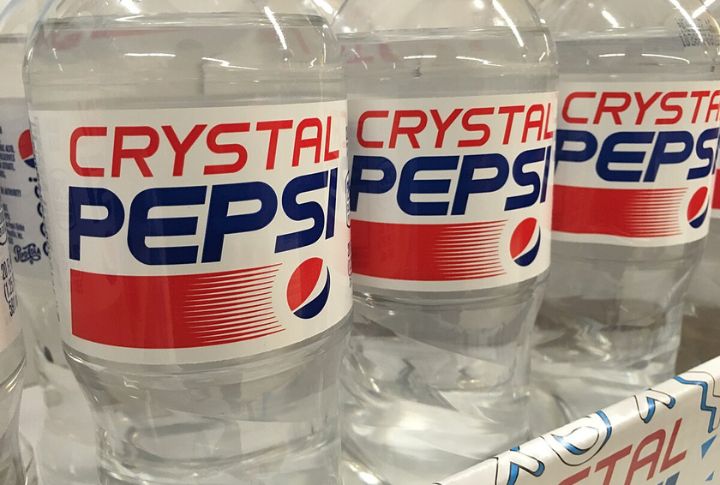
Some sodas make a splash and stick around, while others fade away despite loyal fans. Unique flavors, bold experiments, and even marketing missteps have all played a role in their disappearance. Yet, for those who loved them, these drinks remain more than just a memory. Take a look at 15 discontinued sodas that still hold a place in soda history.
Surge (Coca-Cola, 1997–2003)
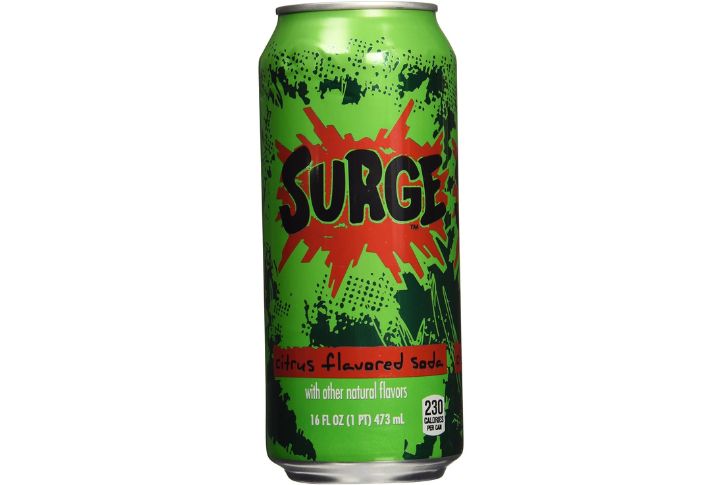
Neon-green and packed with caffeine, Surge embodied the ’90s extreme culture. Its bold citrus flavor hooked fans, but declining sales led to its discontinuation in 2003. The passionate “Surge Movement” sparked petitions and even led to a few limited comebacks, proving its lasting fanbase.
Crystal Pepsi (PepsiCo, 1992–1994)
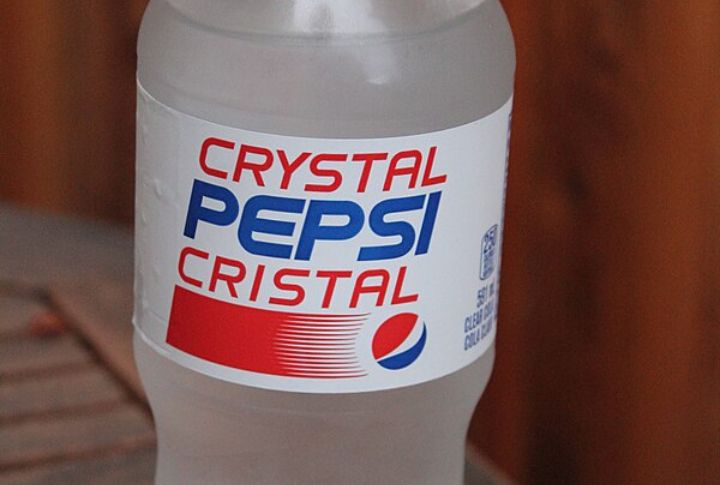
Crystal Pepsi was a bold cola experiment of the early ’90s. Its futuristic marketing sparked massive curiosity, but a rushed formula led to a quick flop. However, devoted fans kept the dream alive, driving limited comebacks in the 2010s through nostalgia-fueled petitions and campaigns.
New York Seltzer (1981-1993)
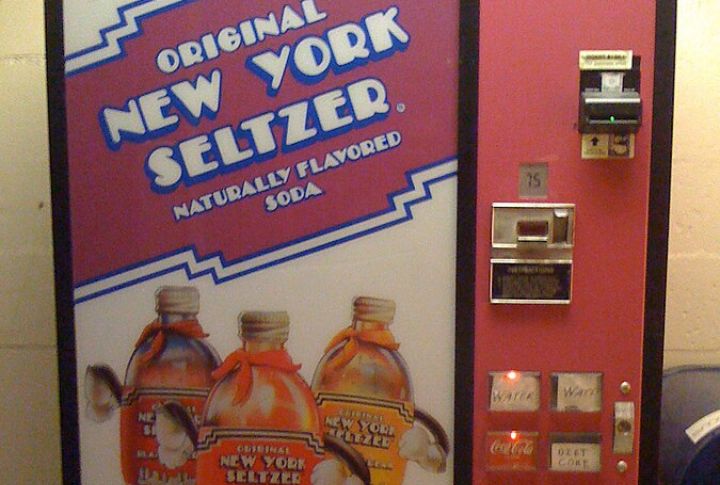
These premium sodas, with their eye-catching small bottles, were packed with natural flavors and no caffeine—perfect for a refreshing sip! With fun flavors like raspberry and vanilla cream, they were a hit until they vanished in 1993, leaving fans heartbroken. But in 2015, a limited revival brought back a blast of nostalgia and gave fans a taste of the good old days.
Pepsi Blue (PepsiCo, 2002–2004)
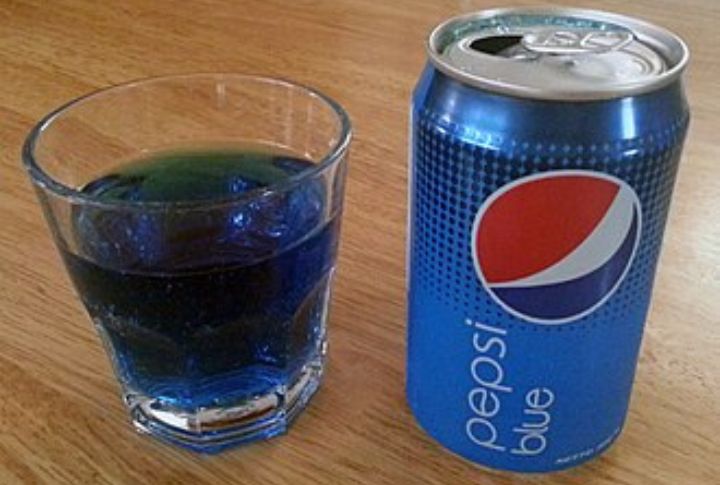
A vivid blue soda backed by a Britney Spears ad campaign? Pepsi Blue was destined to be a sensation—at least for a while. Its cotton candy sweetness won over teens, but adults weren’t as excited, leading to a quick decline in sales. A brief revival in 2021 brought it back, but it disappeared once again shortly after.
Sprite Remix (Coca-Cola, 2003–2005)
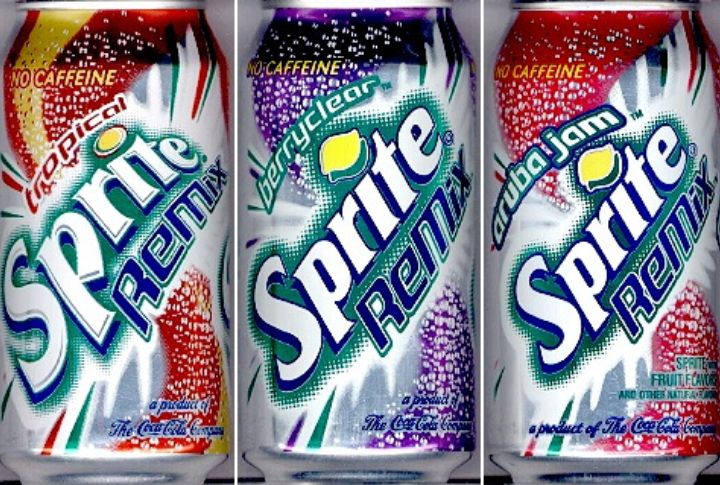
Remixing a lemon-lime classic with bold tropical and berry flavors was a winning idea. While three varieties debuted with great excitement, only Tropical Remix made occasional reappearances. Berryclear and Aruba Jam, however, remain cherished memories for fans.
Fruitopia (1994-2003)

Psychedelic packaging and philosophical names like “Strawberry Passion Awareness” defined Coca-Cola’s fruit-flavored line launched in 1994. Massive marketing efforts, including dedicated vending machines in schools, couldn’t save the technicolor drinks from gradually disappearing by the early 2000s.
Life Savers Soda (1995-1996)
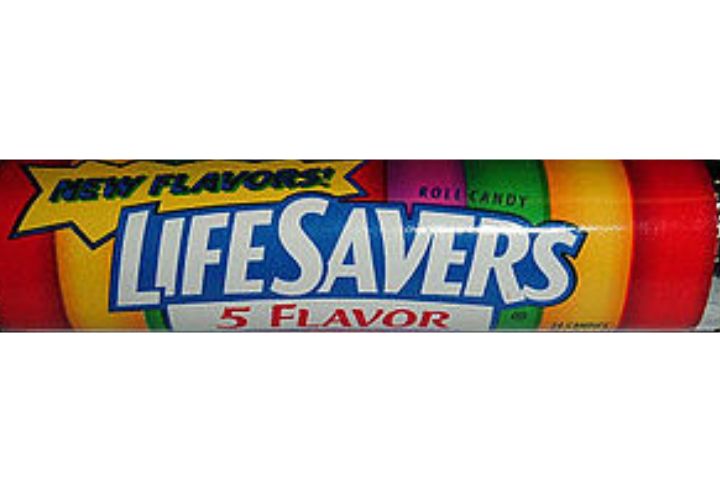
In 1995, familiar candy flavors made the leap from roll to bottle with a fizzy twist on classic sweets. Available in five varieties matching the iconic candies, the drinks were met with mixed reactions—consumers found the liquid versions too intensely sweet, which led to their quick disappearance by 1996.
Sierra Mist (PepsiCo, 1999–2023)
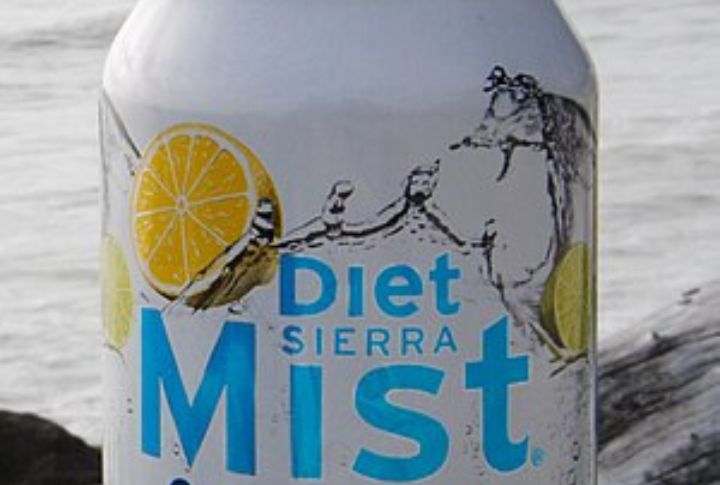
Sierra Mist was Pepsi’s crisp lemon-lime answer to Sprite. Despite two decades on shelves and even rebranding as “Mist Twist,” it never topped Sprite’s dominance. Pepsi finally replaced it with Starry in 2023, shocking loyal fans who weren’t ready to say goodbye.
Tab (Coca-Cola, 1963–2020)
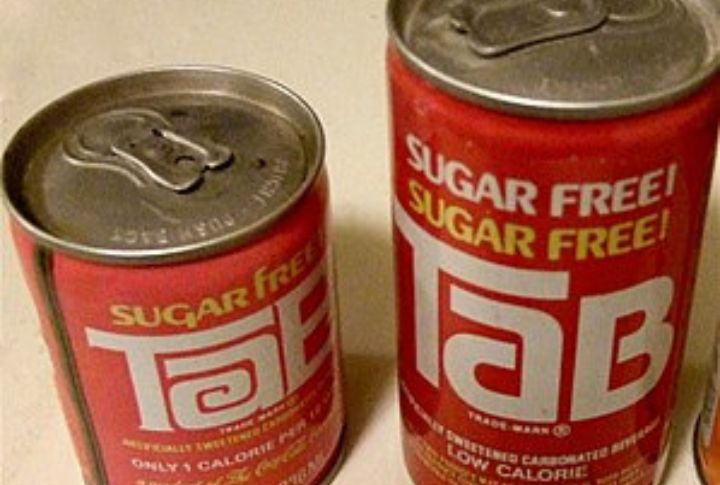
As Coca-Cola’s first diet soda, Tab grew famous for its hot-pink can and devoted following. It pioneered zero-calorie cola but was gradually eclipsed after Diet Coke’s 1982 debut. Coca-Cola axed Tab in 2020, leaving nostalgic fans disappointed.
Mountain Dew Pitch Black (PepsiCo, 2004–2019)

Mountain Dew Pitch Black, dressed in deep purple and launched as a Halloween-themed grape soda, quickly became a cult favorite. Discontinued in 2019, it made a brief return in January 2023. As of October 2024, it’s now a Franchise Exclusive flavor, available only at 7-Eleven, Speedway, and Stripes gas stations.
Slice (PepsiCo, 1984–2010s)
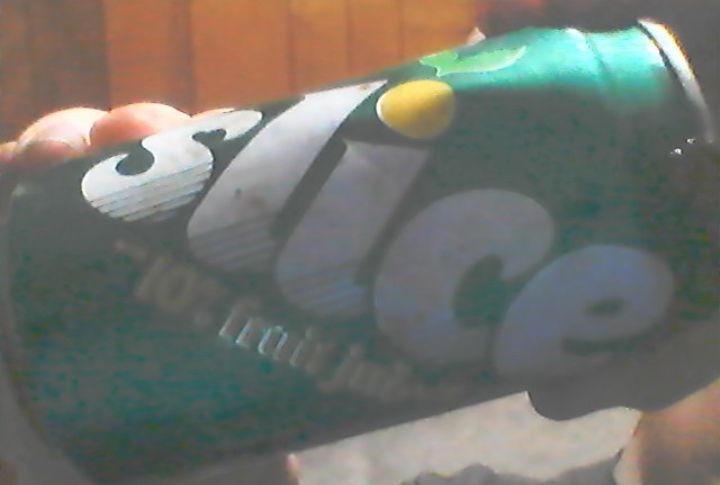
Slice was a fruit-flavored soda line famous for containing 10% real juice. With orange, apple, cherry, and lemon-lime varieties, it thrived in the ’80s as a “we got the juice” competitor to 7Up. The Slice brand was revived in 2018 as a sparkling water drink, separate from its original formulation.
Orbitz (Clearly Canadian, 1997–1998)
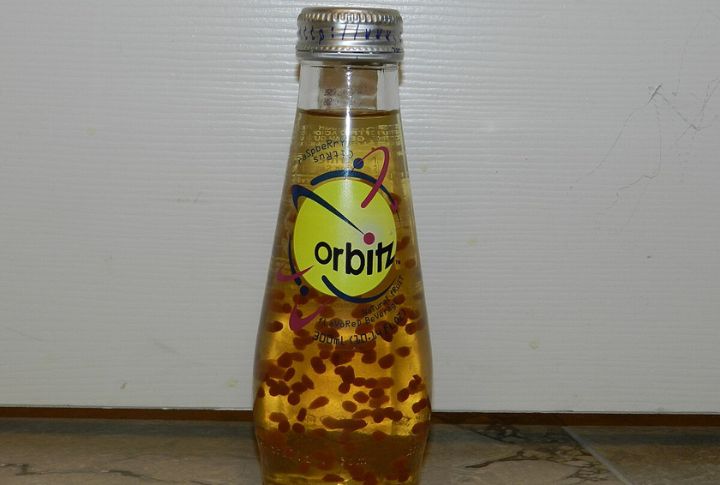
A soda with floating edible balls? It looked like a mini lava lamp in a bottle. Despite intriguing ’90s kids, its bizarre texture led to poor sales. Some fans still hope for a quirky comeback, and the company has teased the idea.
New Coke (Coca-Cola, 1985)
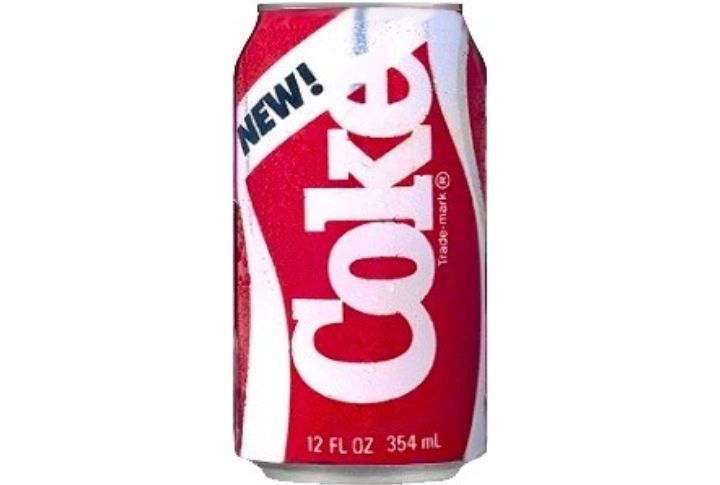
New Coke infamously replaced Coca-Cola’s classic formula with a sweeter, Pepsi-like taste, sparking swift backlash. Within three months, the original recipe returned, and “New Coke” was rebranded as Coke II until 2002. In 2019, Coca-Cola briefly revived it for a “Stranger Things” promotion, cementing its pop culture legacy.
OK Soda (Coca-Cola, 1994–1995)
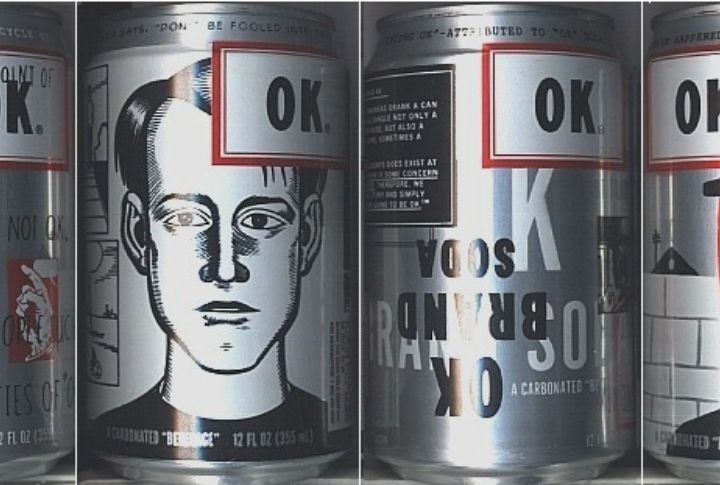
An ironic name, comic-book-style cans, and edgy marketing targeted ’90s youth, but the flavor was its biggest mystery. Its odd, undefinable flavor sold over a million cases in test markets, but Coke pulled the plug within a year. Though short-lived, OK Soda retains a cult fanbase.
Coca-Cola BlaK (Coca-Cola, 2006–2008)
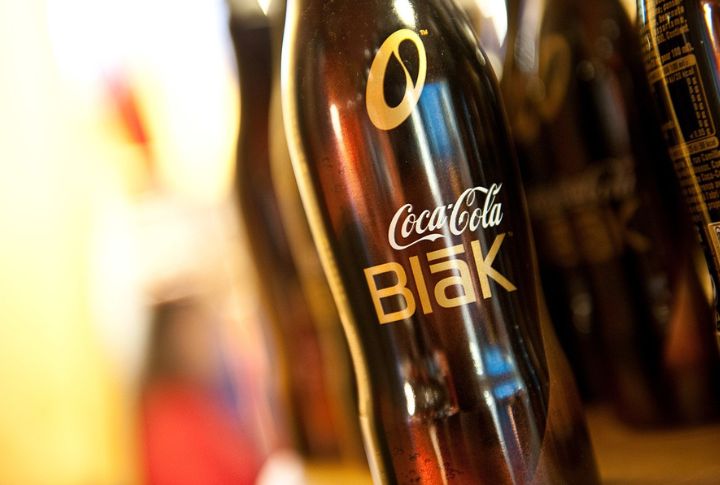
Coca-Cola BlaK blended cola with coffee for a frothy “adult” soda experience. Its sleek black bottles turned heads, but the taste earned mixed reviews. Weak sales saw BlaK fade out by 2008. Still, its ahead-of-its-time concept retains a nostalgic fanbase.
Leave a comment